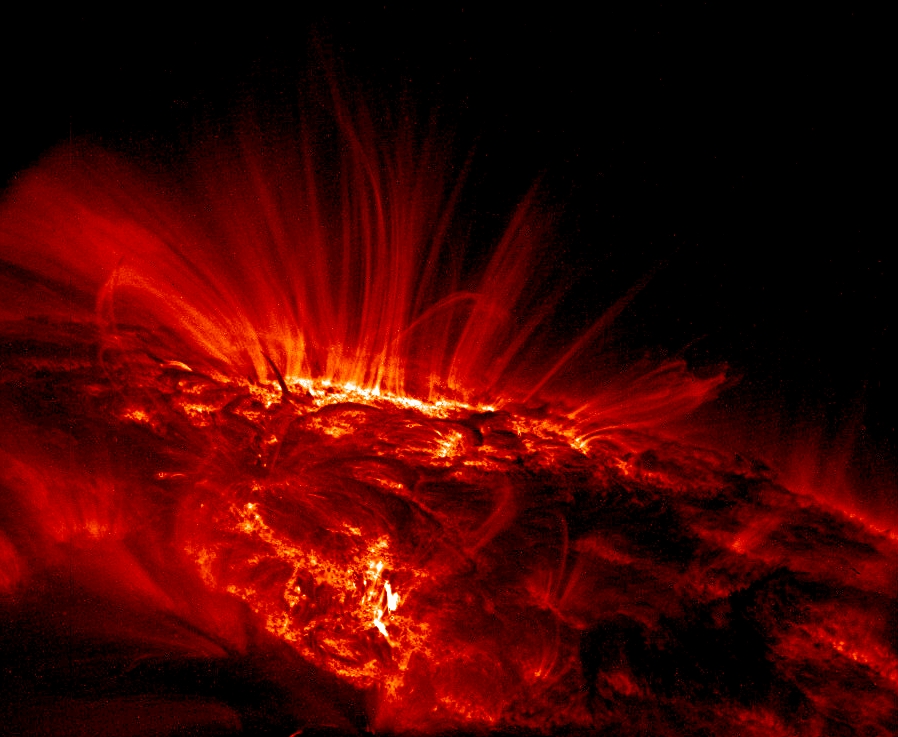From Sky & Telescope
On January 21st a group of astronomy students spotted a surprise supernova in M82, the famous nearby irregular galaxy in Ursa Major. Since then it has brightened to about magnitude 10.7 (as of Monday, January 27th), and it might still have a way to go. It’s showing a color distinctly on the orange side of white, due to reddening by dust within M82.

[A “before & after” view]
Soon after its discovery, Yi Cao and colleagues at Caltech took a spectrum that indicated it was two weeks away from reaching its peak brightness in the first few days of February. This and other spectra showed it to be a Type Ia supernova — an exploded white dwarf — with debris expanding at up to 20,000 kilometers per second. Because it appears reddened, it must also be dimmed by dust along our line of sight.
[…]
Remarkably, the supernova had gone undiscovered for a week as it brightened.
[…] this is said to be the nearest Type Ia supernova since 1972. That’s the kind that’s so valuable for measuring the size and expansion rate of the universe. Despite the dimming and reddening, astronomers hope that SN 2014J will provide new details about exactly what happens in these “standard-candle” explosions.
M82 is fairly close to the north celestial pole, so it’s not visible from most of the southern hemisphere.
